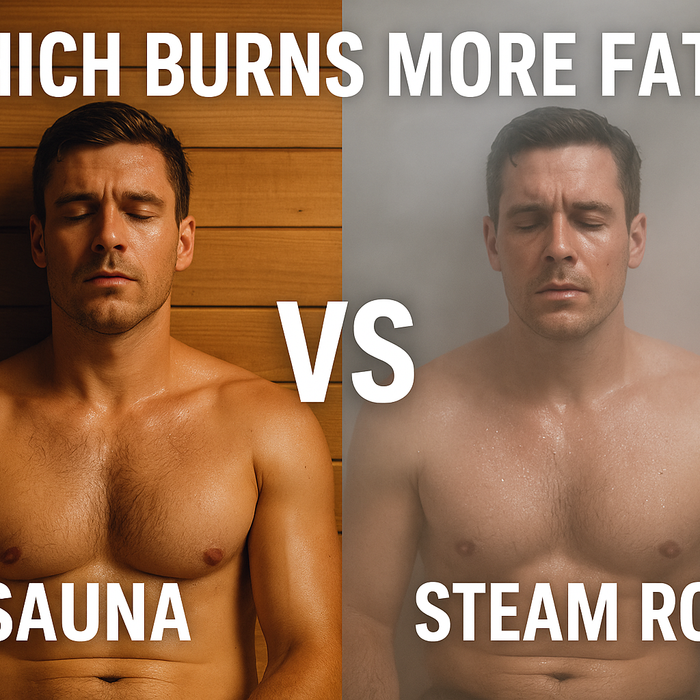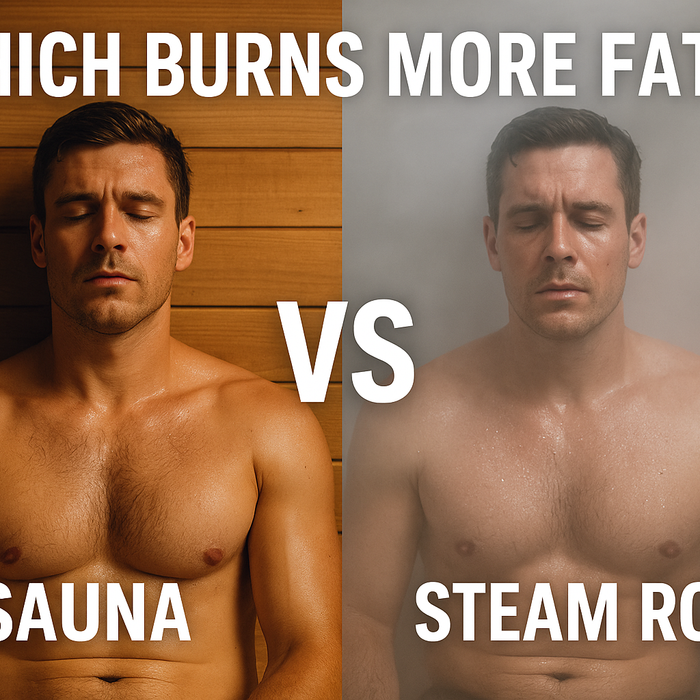Depression is a prevalent mental health disorder affecting millions worldwide. While traditional treatments like medication and therapy are effective for many, some individuals seek alternative or complementary approaches. Vagus nerve stimulation (VNS) has emerged as a promising therapy for managing depression. This guide delves into the science behind VNS, its benefits, and practical tips for incorporating it into a comprehensive depression management plan.
Understanding the Vagus Nerve
The vagus nerve, also known as the tenth cranial nerve, is one of the longest and most complex nerves in the body. It extends from the brainstem to various organs, including the heart, lungs, and digestive tract. The vagus nerve plays a crucial role in the parasympathetic nervous system, which controls involuntary body functions like heart rate, digestion, and immune response.
The Science Behind Vagus Nerve Stimulation (VNS)
Vagus nerve stimulation involves sending mild electrical impulses to the vagus nerve. This can be achieved through surgically implanted devices or non-invasive methods. The electrical impulses are believed to influence brain regions involved in mood regulation, such as the amygdala and the prefrontal cortex.
Mechanism of Action
-
Neurotransmitter Modulation: VNS can increase the production of neurotransmitters like serotonin and norepinephrine, which are crucial for mood regulation.
-
Anti-inflammatory Effects: VNS has anti-inflammatory properties that may reduce inflammation-related depressive symptoms.
-
Brain Plasticity: VNS can enhance neuroplasticity, allowing the brain to adapt and respond to changes more effectively.
Benefits of Vagus Nerve Stimulation for Depression
1. Reduction in Depressive Symptoms
Studies have shown that VNS can significantly reduce symptoms of depression, particularly in individuals who have not responded well to traditional treatments.
-
Improved Mood: Many patients report an improvement in mood and a reduction in depressive episodes.
-
Increased Energy: VNS can help alleviate fatigue, a common symptom of depression.
2. Enhanced Cognitive Function
VNS has been associated with improvements in cognitive functions such as memory, attention, and executive function.
-
Better Focus: Improved cognitive function can lead to better focus and productivity.
-
Enhanced Memory: Patients may experience improvements in short-term and long-term memory.
3. Improved Sleep Quality
Depression often disrupts sleep patterns. VNS can help regulate sleep by influencing brain areas involved in sleep-wake cycles.
-
Better Sleep: Improved sleep quality can lead to better overall mental health and reduced depressive symptoms.
-
Regular Sleep Patterns: VNS can help normalize sleep patterns, making it easier to maintain a consistent sleep schedule.
Techniques for Vagus Nerve Stimulation
1. Invasive VNS
Invasive VNS involves surgically implanting a device that sends electrical impulses to the vagus nerve. This method is typically reserved for severe cases of depression that have not responded to other treatments.
-
Procedure: The device is implanted under the skin in the chest, with a wire connected to the vagus nerve in the neck.
-
Adjustment: The device's settings can be adjusted by a healthcare provider to optimize therapeutic effects.
2. Non-Invasive VNS
Non-invasive VNS methods are gaining popularity due to their ease of use and safety. These methods do not require surgery and can be performed at home.
-
Transcutaneous Vagus Nerve Stimulation (tVNS): This method uses a device that stimulates the vagus nerve through the skin, typically at the ear.
-
Respiratory-Based Techniques: Deep breathing exercises and certain types of meditation can stimulate the vagus nerve naturally.
Practical Tips for Using VNS
1. Consult a Healthcare Provider
Before starting VNS, it’s essential to consult a healthcare provider to determine the most appropriate method and ensure it’s safe for your specific condition.
-
Assessment: A thorough assessment will help determine if you’re a good candidate for VNS.
-
Monitoring: Regular follow-ups are necessary to monitor progress and make any needed adjustments.
2. Start Slowly
If you’re using a non-invasive VNS device, start with shorter sessions and gradually increase the duration as your body adjusts.
-
Gradual Increase: Begin with 5-10 minute sessions and gradually increase to 20-30 minutes.
-
Consistency: Regular use is crucial for experiencing the full benefits of VNS.
3. Combine with Other Treatments
VNS can be more effective when combined with other treatments like medication, therapy, and lifestyle changes.
-
Holistic Approach: Incorporate a healthy diet, regular exercise, and adequate sleep into your routine.
-
Therapy: Continue with psychotherapy sessions to address underlying issues and develop coping strategies.
Potential Side Effects and Considerations
While VNS is generally safe, it’s important to be aware of potential side effects and considerations:
-
Hoarseness: Some individuals may experience changes in voice or hoarseness.
-
Neck Pain: Mild neck pain or discomfort at the stimulation site can occur.
-
Cough: Stimulation may cause a mild cough or throat irritation.
Always report any side effects to your healthcare provider to ensure proper management.
Conclusion
Vagus nerve stimulation offers a promising alternative for managing depression, particularly for those who have not found relief with traditional treatments. By understanding the benefits and techniques of VNS, individuals can make informed decisions about incorporating this therapy into their depression management plan. As always, consult with a healthcare provider to determine the best approach for your specific needs.
VNS, when combined with other treatments and lifestyle changes, can provide significant relief from depressive symptoms and improve overall well-being. Embrace the potential of vagus nerve stimulation to enhance your mental health and reclaim a better quality of life.
FAQs
Q: How long does it take to see results from vagus nerve stimulation? A: Results can vary, but many individuals start to notice improvements within a few weeks to a few months of regular use.
Q: Can I use non-invasive VNS methods at home? A: Yes, non-invasive VNS methods like tVNS devices can be used at home, but it’s important to follow the manufacturer’s guidelines and consult with a healthcare provider.
Q: Is VNS covered by insurance? A: Coverage for VNS varies by insurance provider and plan. It’s best to check with your insurance company to determine if VNS is covered under your policy.
Q: Are there any long-term side effects of VNS? A: Long-term side effects are rare, but some individuals may experience persistent hoarseness or neck pain. Regular monitoring by a healthcare provider can help manage any side effects.
Q: Can VNS be used in combination with other depression treatments? A: Yes, VNS is often used in combination with other treatments like medication and therapy to enhance overall effectiveness.





Leave a comment